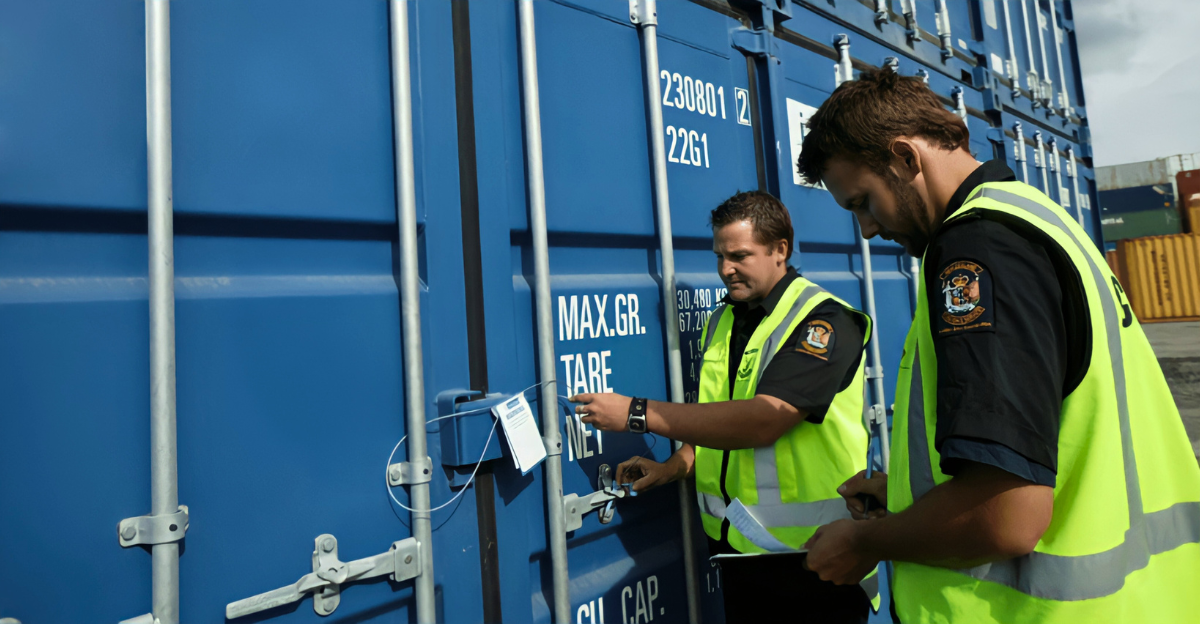
In a striking development reverberating across global trade networks, over 1,000 US shipping containers to more than 116,000 TEUs were stranded off Canada’s West Coast due to a July lockout of long-shore supervisors at Vancouver and Prince Rupert. This disruption hit hard as about 20 percent of America’s trans-Pacific freight flows through these gateways.
The shutdown followed a near 10 percent drop in U.S. container imports in May, highlighting how swiftly congestion abroad ripples back into domestic supply chains. Importers now grapple with soaring storage fees and insurance surcharges as vessels sit anchored for days, waiting out labor disputes or scrambling for space at alternative ports. The consequence? Massive economic losses, estimated to surge past $20 billion if blockades persist, put U.S. exporters in a precarious position amid escalating international tensions.
Three Global Port Hubs Impose Steep Cargo Restrictions
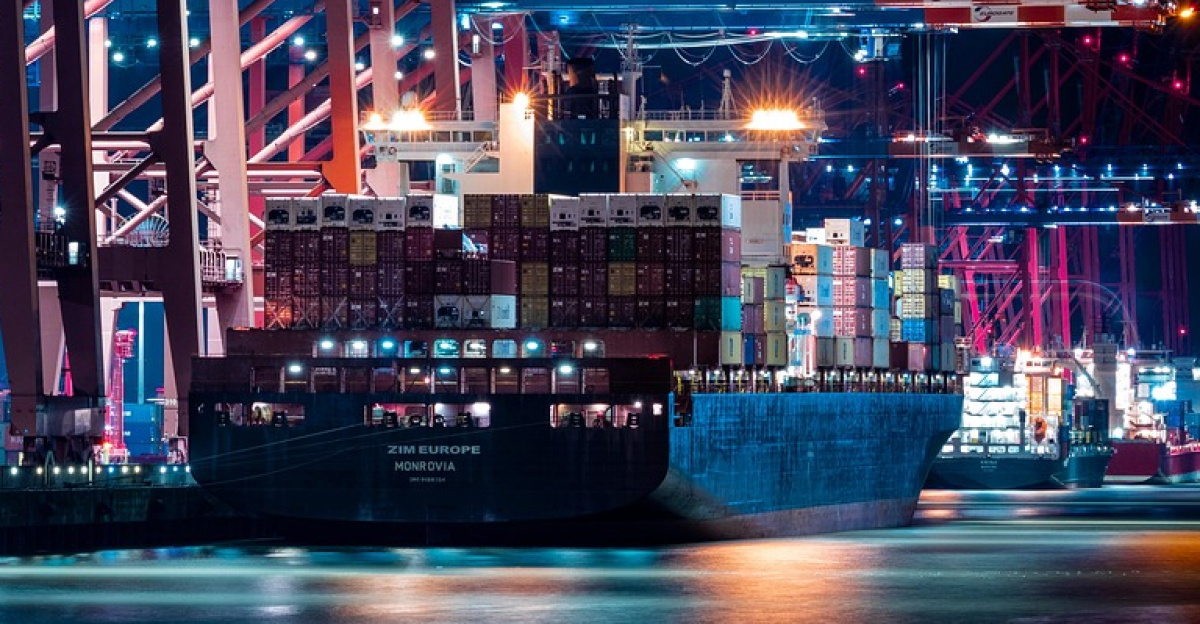
Hamburg, Singapore, and Vancouver, three busiest ports worldwide, have each imposed restrictive measures on U.S.-linked cargo over the last six months. In Hamburg, a pilot strike in February forced the port operator HHLA to cap export deliveries; Singapore reopened closed berths yet still limited container movements as yard operations hit critical capacity; meanwhile, July’s lockout in Vancouver froze container handling entirely.
Though officials avoided labeling these moves as anti-American, the practical outcome was clear: U.S.-origin or U.S.-bound containers faced rejection, delays, or forced rerouting. This triple-hub disruption illustrates how localized operational issues can collectively cripple the flow of American goods through global trade arteries.
Sharp Tariff Increases Spark Port Clampdowns
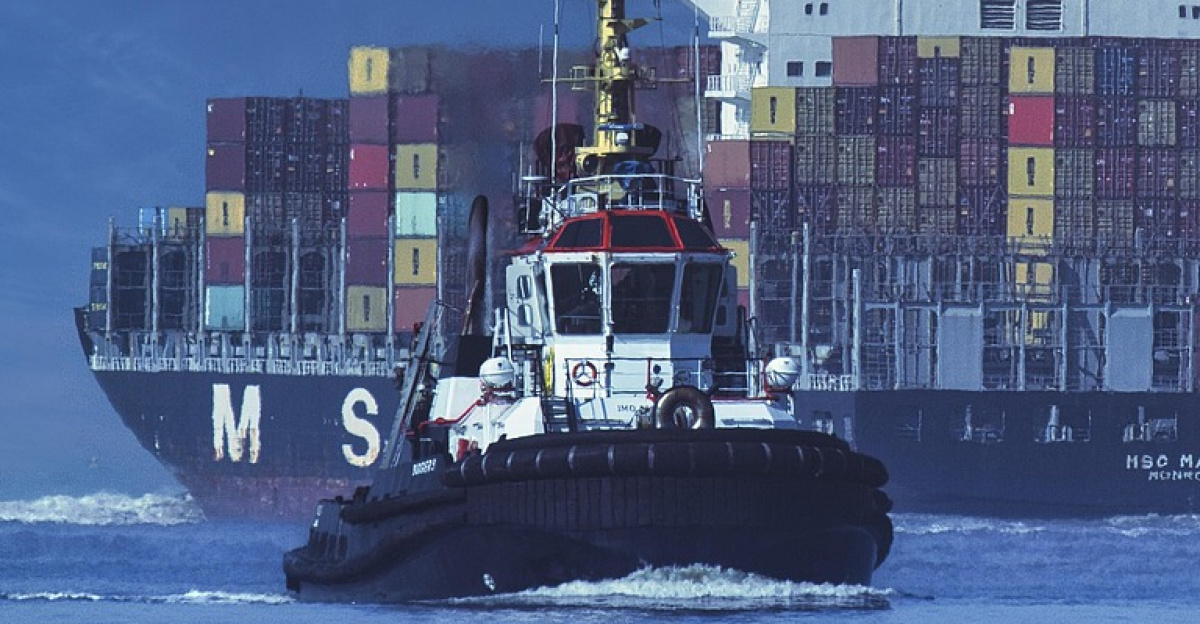
The surge in port refusals traces directly back to Washington’s April 9 decision to raise tariffs as high as 145 percent on selected imports, coupled with a blanket 10 percent levy on most goods. Industry analysts had warned that the sweeping tariff escalation would leave freight stranded as cash-strapped businesses balked at clearing more expensive shipments.
Within weeks, U.S. Customs data revealed exporters canceling bookings across sectors from electronics to processed foods, leaving containers in limbo. Compounding the issue, foreign terminals tightened inbound checks, citing the impossible task of keeping pace with rapidly changing tariffs. The resulting uncertainty underpins much of the recent port congestion and cargo refusals.
Global Trading Partners Push Back, Escalating Trade Tensions
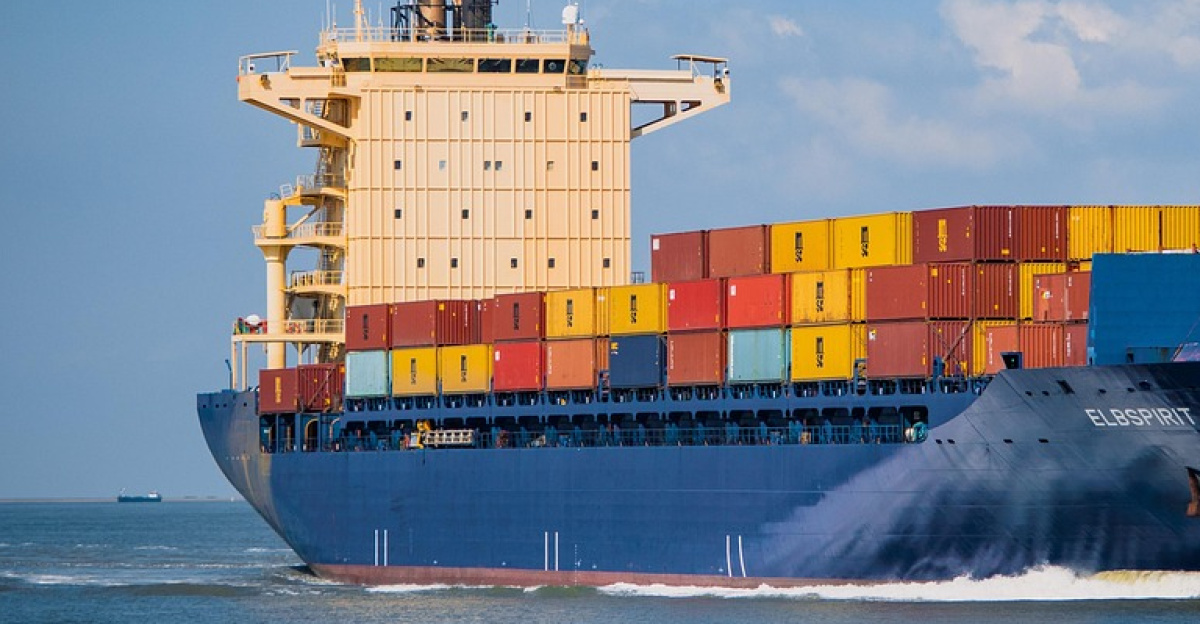
The tariff impositions triggered swift retaliation. Brazil protested Washington’s threat of 50 percent duties on all its exports, branding the move an “indignity.” Singapore’s deputy prime minister declared that the 10 percent baseline tariff violated their longstanding free-trade pact and warned citizens to brace for “rough waters.” Even Europe’s traditional allies signaled potential mirror tariffs if negotiations fail.
This diplomatic fallout intensifies port congestion: each retaliatory threat triggers a spike in pre-deadline shipping activity that chokes yards from Hamburg to Santos. The escalating tariff tussle compounds logistical snarls, pushing the global supply chain closer to gridlock and amplifying financial losses owed to piling cargo.
Growing Port Refusals Total Over 1,000 U.S. Containers

Here’s where it gets interesting: On March 17, Hamburg’s HHLA began limiting export boxes to ship-by-ship approvals, a soft form of rejection that signals growing friction. Two weeks later, a B.C. employers’ lockout trapped 11 container vessels outside Vancouver, sidelining 116,076 TEUs, a volume equivalent to over 1,000 U.S.-related containers. The result has significantly disrupted vital supply chains involving U.S. food, lumber, and auto parts.
The combined effects led to frantic rerouting efforts through California and Mexico. Industry insiders worry this pattern of port refusals may become the norm during trade tensions, embedding uncertainty into every trans-Pacific contract and forcing shippers to rethink established routes as bouts of labor unrest and political disputes flare unpredictably.
Significant Economic Impact from Pacific Port Congestion
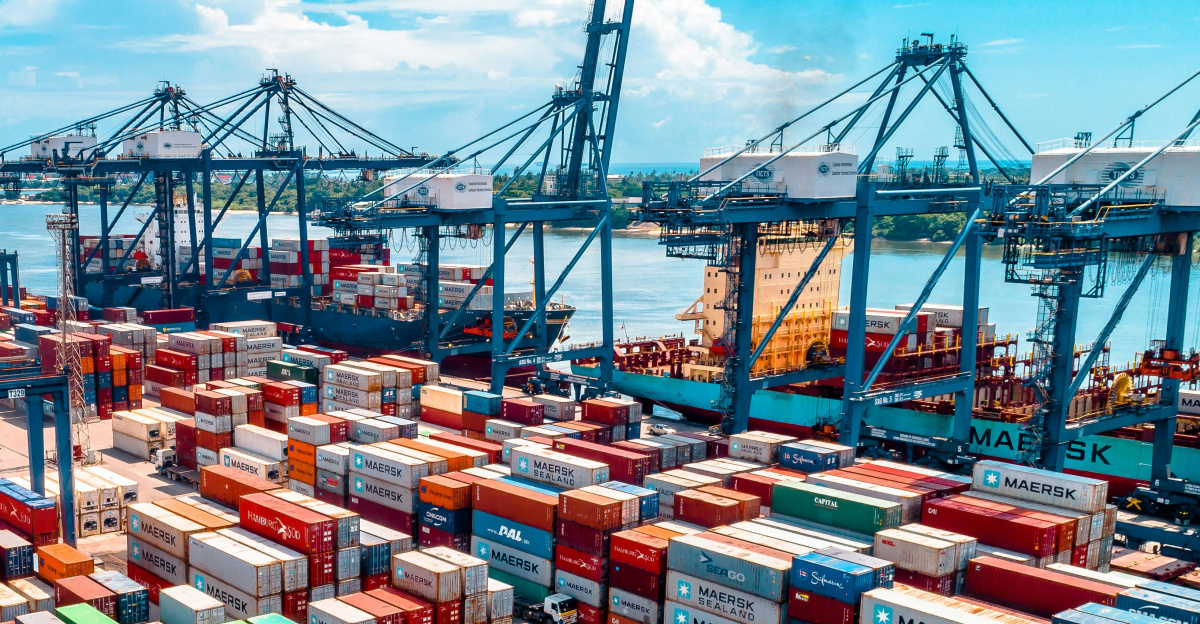
Vancouver’s port handles cargo valued at about $800 million daily, so every idle day risks an equal amount of delayed trade, quickly adding up to billions in losses. Estimates place container throughput at $19 billion monthly, so an extended shutdown threatens to surpass the $20 billion loss marker within weeks.
U.S. rail carriers have halted bookings to key inland hubs like Chicago and Memphis, funneling shipments to already congested Los Angeles, where yard dwell times reached seven days in June. Insurers warn of spiraling premiums as cumulative detours amplify freight risks, especially concerning as the critical back-to-school shipping season approaches, threatening retailers and suppliers with costly delays.
The Human Side: Workers, Drivers, and Exporters Suffer
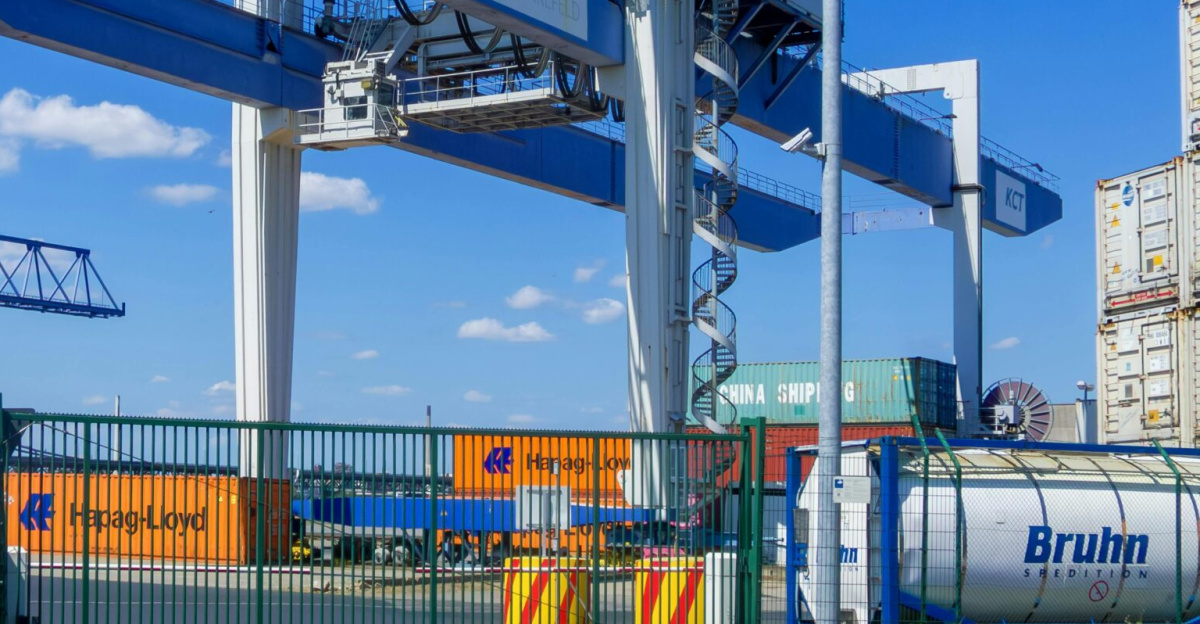
Behind the sprawling numbers are real people. Hamburg trucker Horn Wulff describes how port queues now stretch hours longer than before, halving his daily deliveries and squeezing livelihoods. On Canada’s west coast, Willie Adams, president of the long-shore union, warned that U.S. dockworkers might refuse cargo diverted from Vancouver in solidarity, prolonging the bottleneck.
Exporters fret about perishables spoiling in limbo, while retailers scramble to reroute seasonal inventory. Workers fear technology-driven automation or outsourcing when disputes settle, while shippers see labor volatility pushing them to diversify routes, potentially eroding local jobs altogether. These interconnected challenges paint a human toll beneath the sprawling statistics.
Rerouting Sparks Surge in Congestion Elsewhere
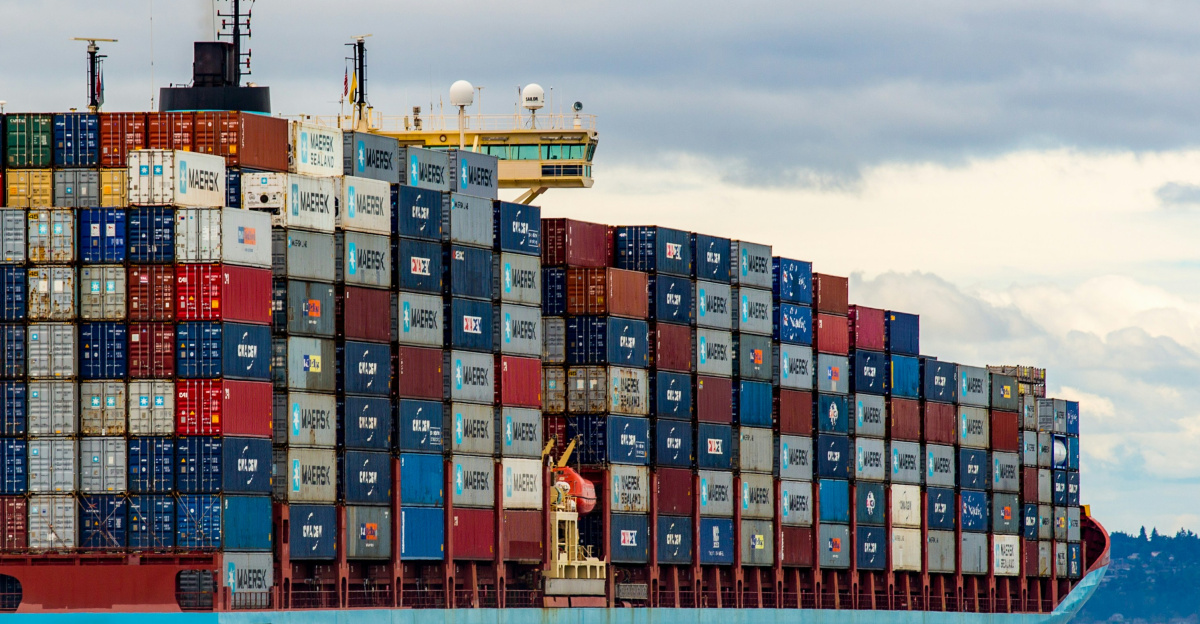
Following a 90-day tariff truce announced in mid-May, container bookings surged 277 percent from China to the U.S. in a week, according to freight analytics firm Vizion, with Hapag-Lloyd reporting a 50 percent jump. This sudden flood overwhelmed key transshipment hubs Yantian and Ningbo, which in turn caused two-week delays in Singapore and Rotterdam.
Carriers responded by canceling west-bound sailings and imposing congestion surcharges, pushing spot shipping rates from Asia to the U.S. West Coast above $4,000 per FEU, the highest since 2022. This frenzy demonstrates how even temporary policy pauses can supercharge global backlogs, intensifying U.S. shippers’ challenges.
U.S. Container Imports Reflect a Broader Economic Slowdown
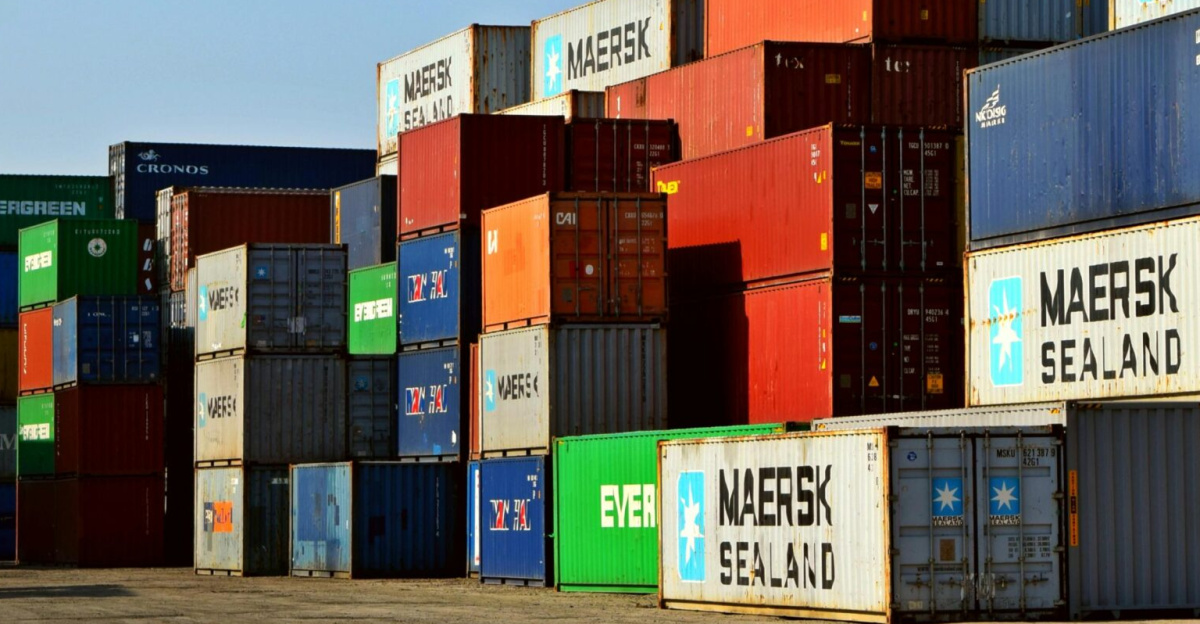
June shipping reports confirm a chill in import activity: U.S. container imports fell 7.2 percent year-on-year to 2.18 million TEUs in May, with China plunging 20.8 percent month-on-month, the steepest decline since the early pandemic days. Analysts link this trend to tariff hikes, financing difficulties, and international port delays.
Fewer inbound containers exacerbate vessel imbalances, making it harder to reposition empty containers, which drives export shipping rates upward, notably impacting U.S. agricultural exporters. With less than 60 percent of global vessels arriving on time, logistics experts warn that reliable shipping schedules may not rebound in 2025, underscoring the systemic risks underlying the container refusals.
At a Crossroads: Trade Stability Faces an Uncertain Future
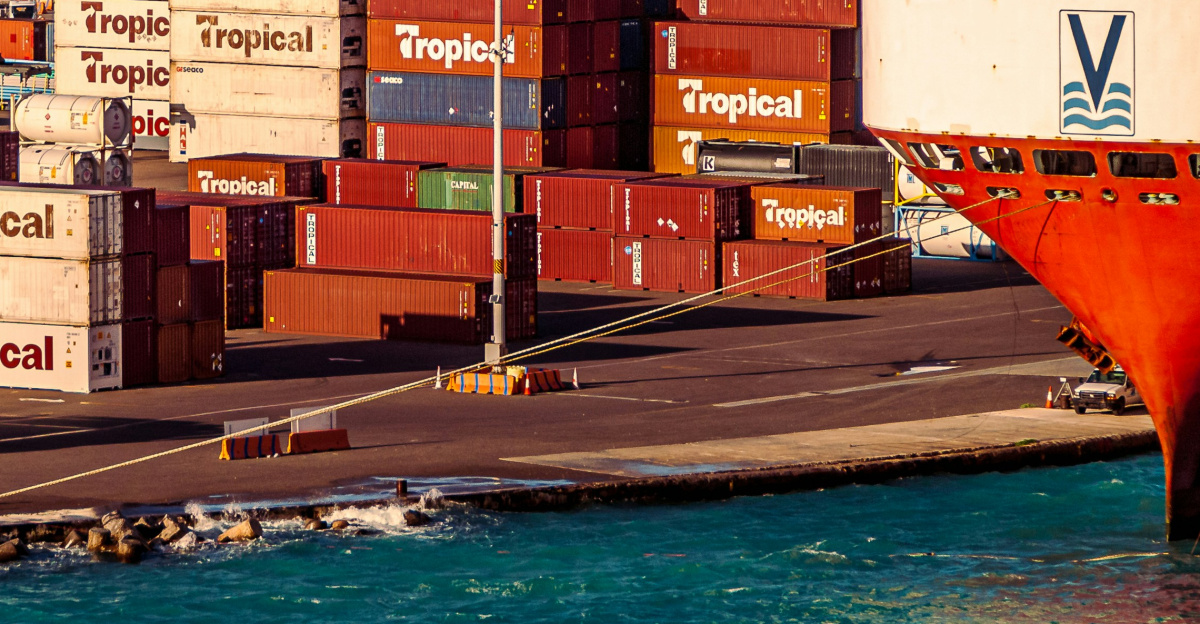
Singapore’s Prime Minister Lawrence Wong sounds a stark warning: “Unpredictable, unstable protectionism” threatens to unravel the trading system that fueled decades of growth. If labor unrest and tariff brinkmanship persist, economists predict cumulative supply-chain losses could top $20 billion by late summer, matching roughly a month of Vancouver’s frozen cargo.
Negotiations between Washington, Brasília, and Berlin are set for August, but many shippers have already hedged by adopting dual sourcing strategies and enlarging safety stocks. The critical question remains: can policymakers restore rules-based global trade, or will piecemeal port refusals become the new normal, reshaping the landscape for U.S. exporters indefinitely?.